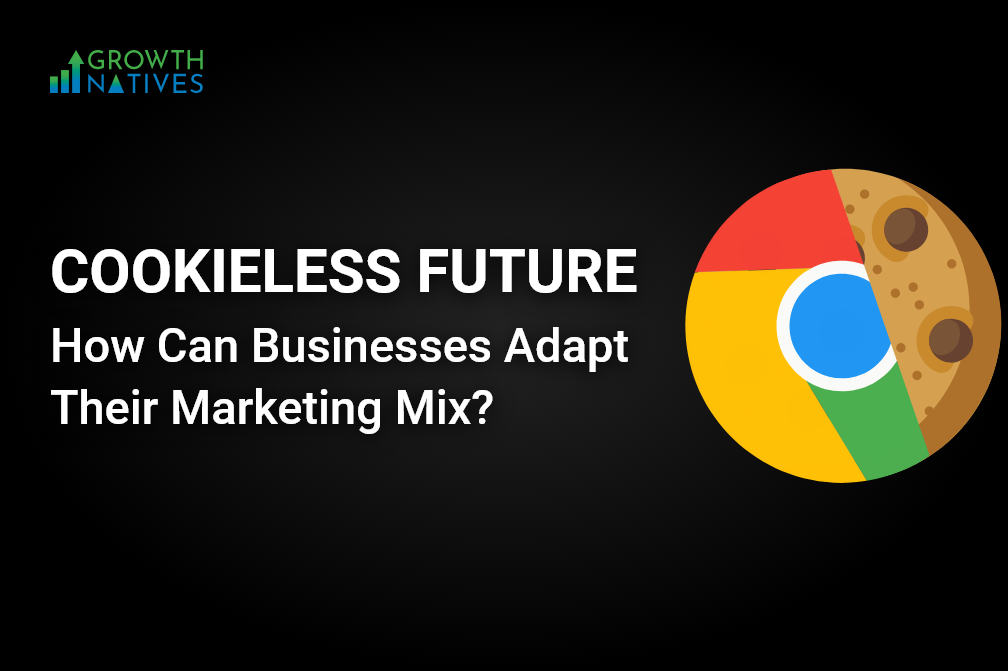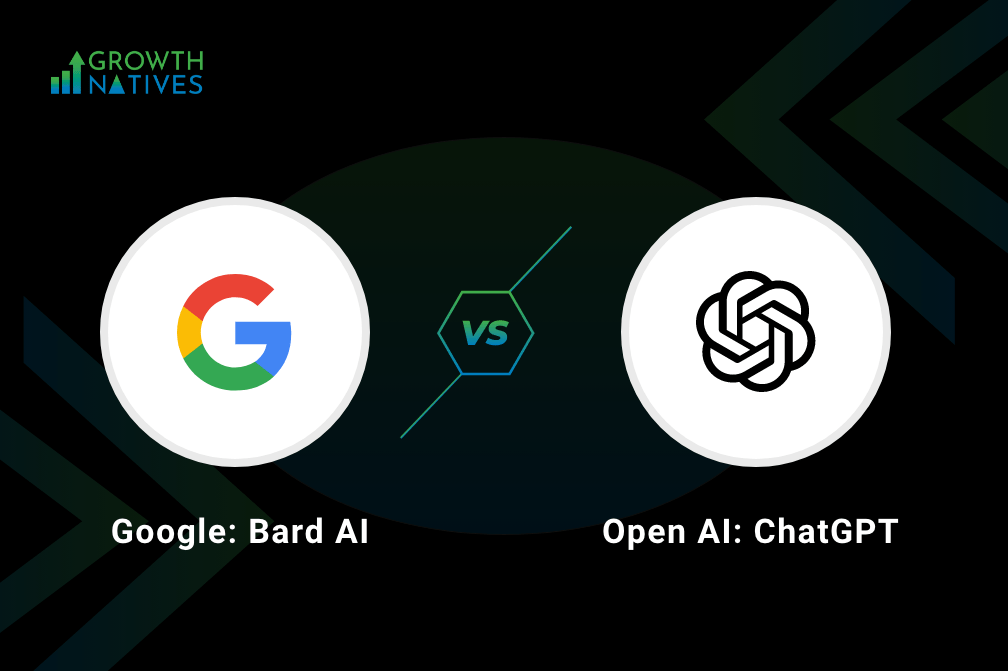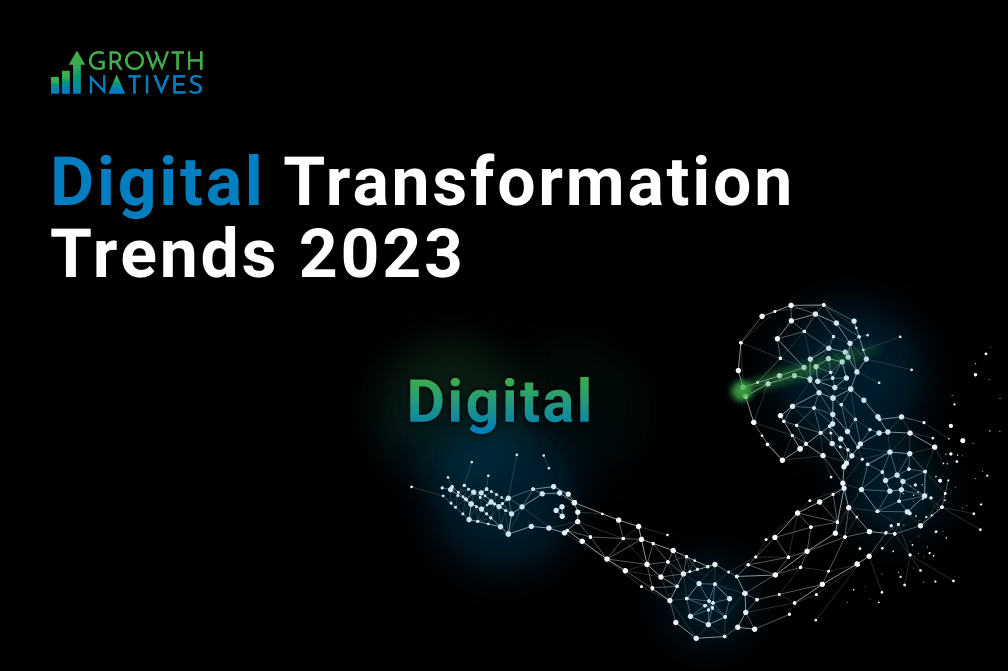Cookieless Future: How Can Businesses Adapt Their Marketing Mix?

Table of Contents
The digital marketing landscape is evolving at an innovative pace. For years now, marketers have actively relied on third-party cookies and files that contain users’ information for audience-specific marketing. Now that Google has announced that it would phase out third-party cookies by the end of 2023 and is joining a growing list of search engines that have already discarded this technology, marketers will need to reinvent their marketing strategies.
What’s next? —- The cookieless future
Third-party cookies have been around for a long time. These are small bits of code stored by your browser that provide marketers and advertisers with information about the user’s interests and preferences. By tracking cookies, it becomes possible to improve website experiences, targeted ads, and customer analytics on the website.
But now with marketers being on the brink of a cookieless future, the rules of marketing will rapidly evolve; creating a new marketing mix strategy will become inevitable. Because if you don’t, you may face a measurement blackout resulting in the inability to measure your campaigns’ success which would directly affect the revenue of your business.
How Can Businesses Thrive Without Cookies?
Once Google bans third-party cookies, most of the third-party audiences will diminish in size to the point where they are no longer scalable to the advertiser’s advantage. From here on, customers’ trust expectations are just going to grow stronger. This means that the data you store and use should reflect the consent of your audience.
So how can marketers prepare themselves for a cookieless space so that they can continue to effectively grow their audience base? Starting early is the oldest and the most effective trick in the book.
Adapting your marketing mix is key.
As the use of cookies continues to decline, here are some of the tips that can help businesses adapt their marketing mix accordingly:
1. Develop Data-Driven Marketing Strategies
This strategy should absolutely be a part of your marketing mix. With the end of cookies, marketers will now rely on first-party data. Around 83% of marketers say that they plan on leveraging first-party data, but only 38% believe that they have the right technology for it.
First-party data will include collecting data directly from users in the form of signups or newsletters. Therefore, data standards and metadata management will be vital for gaining insight into the customer journey and maximizing its value.
2. Adopt Cohort Marketing
Cohort marketing includes segmenting your audience into smaller groups or cohorts with similar characteristics, interests, and experiences. Cohort marketing helps you identify what unites your users and you can use this information for designing a marketing campaign accordingly.
3. Try Browser APIs
Browser APIs offer cookie-like data insights by identifying the topics that users might be interested in by their browsing habits. For example, Google’s proposed Topics API displays personalized ads based on what chrome identifies as the users’ top interests over three weeks.
Even though browser APIs make it possible to employ interest-based marketing, your success depends on consumers who are eager to engage with your content because they will have complete control over their interests.
4. Employ Server-Side Tracking
Server-side tracking enables you to execute a Google Tag Manager container in a server-side environment as opposed to running tracking scripts straight from the browser. This enables you to have more control over the data, increased security, and a foundation for cookie-free marketing automation and personalization.
As the algorithm learns, you can start scoring leads and assign them values based on user data, which enables you to simultaneously do value-based bidding.
5. Explore Creative Targeting Tactics
Without cookies, marketers will need to be more inventive in their strategies. This might entail utilizing different targeting and personalization techniques such as geotargeting. Thus, you can retarget users who have previously visited as well as users who are currently in the selected campaign area.
Location-based messaging simply registers location points from the native app or website and doesn't require knowing who a specific user is.
6. Try Privacy-Friendly Alternatives
Here are some of the other options that you can explore instead of leveraging third-party data:
- Universal ID: This framework aims to create a distinct ID for every user so that marketers can continue to deliver relevant, targeted ads while giving users more control over their own experience. For example, users can monitor and adjust how their ID is being used.
- Contextual Advertising: Contextual targeting allows marketers to focus and distribute relevant content. This means that the ads your prospects are looking at are based on the type of content they are looking at rather than on their overall profile.
Read: ‘Cookieless Future’ - How To Market In A World Without Cookies?
7. Deploy Marketing Mix Modeling (MMM)
You can use past performance data to gain knowledge of market strategies and trends including holidays, seasonality, and brand equity. When enough information about the buyer journey is not available, MMM offers a bigger picture and a mechanism to respond to simple questions like ‘What will happen to sales if I increase my Facebook ad spend by a particular percentage’?
Conclusion
Marketing in a cookieless world will not be easy. But those who will have the right tools and resources to unify and manage their data will excel in it. By making a strategic priority, marketers will be able to understand the effectiveness of their efforts and also ensure that their marketing tech stack is profitable, efficient, and cookieless-proof!
Want to learn how to adapt your marketing mix to the cookieless marketing future? Well, you are in luck! Our marketing experts at Growth Natives understand what matters and will help you shape your marketing strategies accordingly.
Get in touch with us now at info@growthnatives.com.
Author Box
Sakshi Arora
Sakshi Arora is a seasoned content writer and editor with extensive experience across various industries including B2C, B2B, travel, e-commerce, and IT. In her free time, she enjoys expressing her creative side through painting and writing poetry. She also finds solace in nature and has a deep spiritual connection. Music brings her immense joy.




